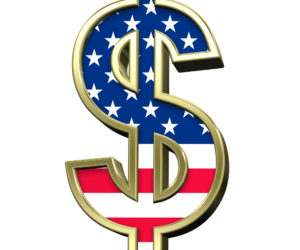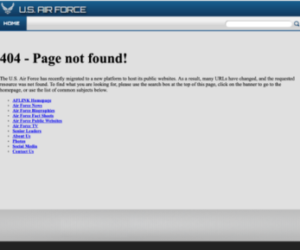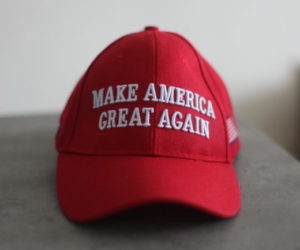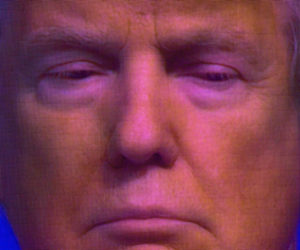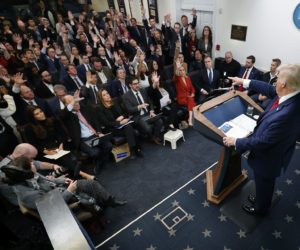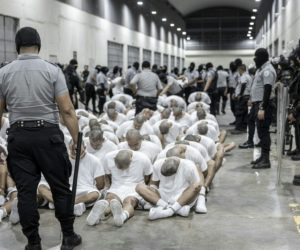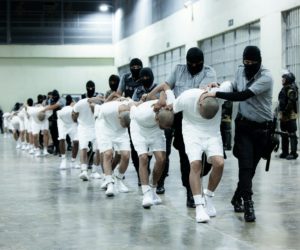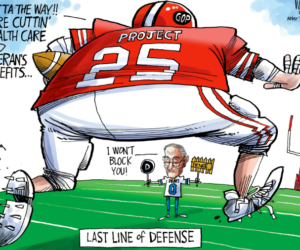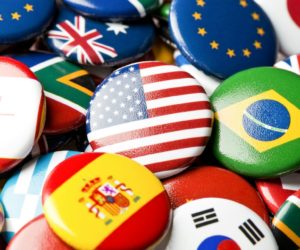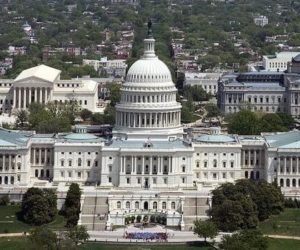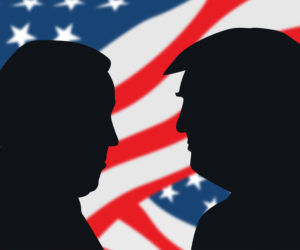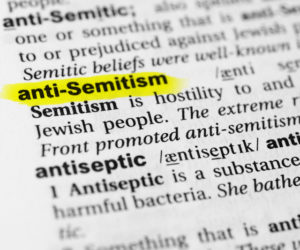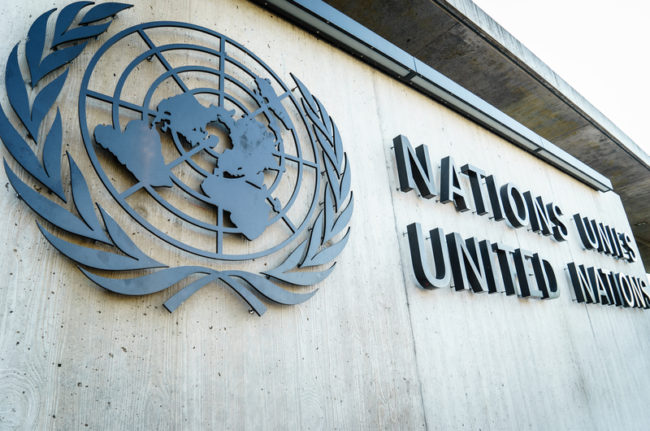
It’s a small step forward but significant enough to deserve attention in these dismal times for Syria.
Geir Pedersen, United Nations Special Envoy for Syria, said a small group of negotiators including the Syrian government and most of its opponents have found enough common ground to continue discussions for a new Constitution.
There is a long way to go but a Constitution would provide the political foundations to finally open real prospects for peace.
This small breakthrough happened in Geneva at talks that almost did not happen and then ran into suspension because Covid-19 infected four key delegates.
It came amid news reports that fighting may flare up on several fronts in Syria although stop-start cease fires have reduced conflict in recent weeks.
“There are still very strong disagreements and you know, my Syrian friends are never afraid of expressing those disagreements,” Pedersen said.
“But I was also extremely pleased to hear the two co-chairs saying very clearly that they thought also there were quite a few areas of commonalities.”
“I am confident that we have been able to build a little bit of confidence, a little bit of trust and that we can build on this and continue the work that we have started.”
However, meaningful trust building gestures from the Syrian Government and the opposition including progress on the release of abductees and detainees have been elusive. “I’m afraid we haven’t seen enough progress. But it is my hope that with the continued calm on the ground and with progress on the political track, we could also see some progress on this front,” Pedersen added.
The week-long meeting was the third session of the UN-facilitated Syria Constitutional Committee (small body) convened in Geneva after a nine-month break. Earlier negotiations to decide the make-up of the Constitutional Committee (larger body) were held in Geneva at the end of October 2019.
The small group of 45 people that met in Geneva was tasked with preparing and drafting constitutional proposals for a 150-member larger committee, comprising 50 from the Syrian government, 50 from the opposition and 50 from civil society representing different religious, ethnic and geographical backgrounds.
There is a 75 per cent decision-making threshold to prevent any single bloc from dictating the larger Committee’s outcomes. Though a safeguard for weaker participants, it is also a hurdle to agreement.
On the ground in Syria, the fragile cease fire may be derailed by friction following an Aug. 25 incident when a Russian vehicle hit an American vehicle on patrol in the east, injuring four US soldiers.
More importantly, war could break out in the northwest, where Syrian government forces are threatening a final assault on an enclave in Idlib run by the terrorist Hayat Tahrir al-Sham and other armed opposition groups influenced by Al Qaeda.
Violence is also possible to dislodge Turkish forces that have occupied an enclave in the north apparently to resettle Syrian refugees and keep Syrian Kurds from gaining territory and influence.
As of 31 March 2020: the Damascus government reportedly held 64% of Syrian territories; US and Saudi-backed opposition fighters held about 26%, other rebel groups and Turkey held 10% and the Islamic State held a little over one percent.
Photo 42309336 © Hai Huy Ton That – Dreamstime.com

